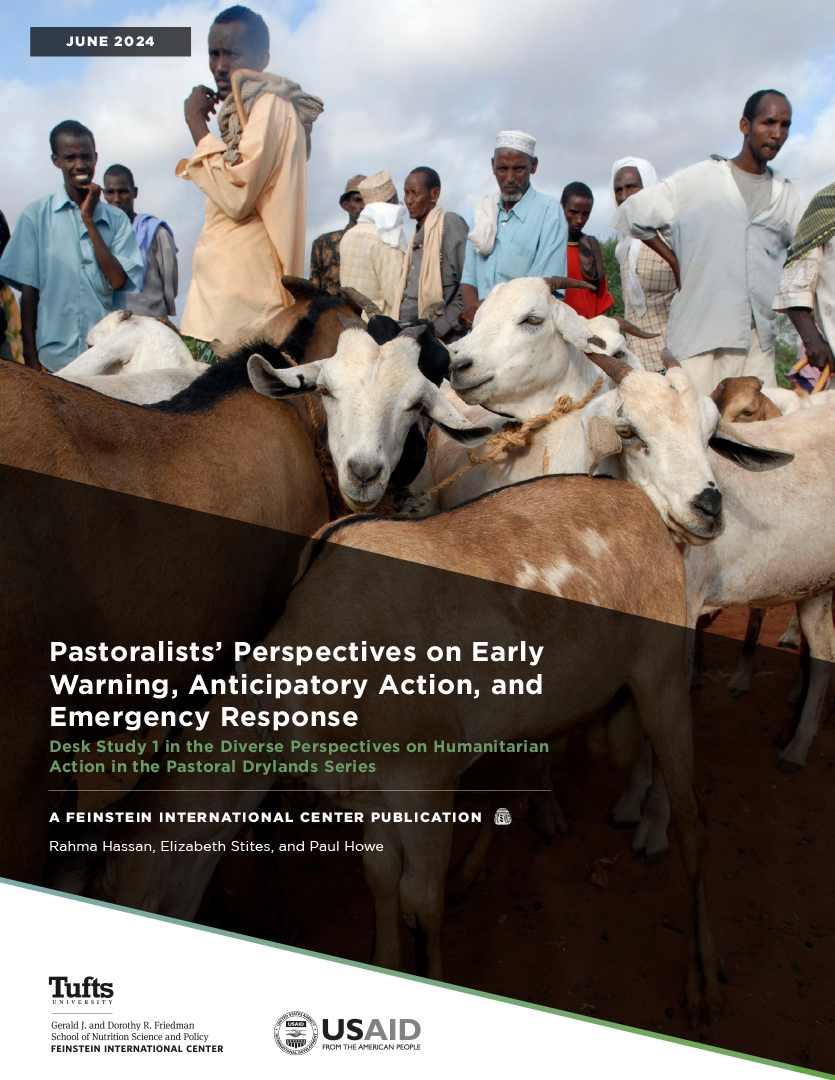Development agencies increasingly depend on passing information to communities or organizing activities through the elected leadership committees of self-organizing groups. The hierarchical structure of these committees leads agencies to assume that these elected leaders are influential. Contrary to this assumption, this study found that there is a relatively small overlap between people deemed the most influential and the elected committee members. A small portion of the most influential people were especially well connected in the community, but were seldom committee members. Identifying and fostering the support of these individuals could provide an efficient, forceful network for promoting behavior change messages.
Committee Members and Influential People in Village Networks

August 2020
ASSOCIATED PROJECT
SUBJECTS
PUBLICATION TYPE
LOCATION
RELATED PUBLICATIONS
This desk study explores how state-owned policies and programs in pastoral areas of the Sudano-Sahel and the Greater Horn of Africa meet pastoralists’ needs and priorities.
•
October 2024
The time pressure involved in designing and implementing anticipatory action can discourage the localization of decision-making. Learn more from a cartoon-infused summary of insights.
•
July 2024
Early Warning Systems can reduce deaths and damages caused by extreme weather events, if investors address gaps in communication and planning. Learn more from a cartoon-infused summary of insights.
•
July 2024
This synthesis report reflects upon Phase 1 findings on humanitarian action in pastoral drylands of the Greater Horn and Sudano-Sahel.
•
June 2024
This desk study examines common perceptions of pastoralism among humanitarians and barriers to international humanitarian systems meeting pastoralists’ needs.
•
June 2024
This desk study explores how pastoralists manage climate, conflict, and other stresses through indigenous early warning systems, preventive actions, local emergency responses, and customary safety nets.
•
June 2024






